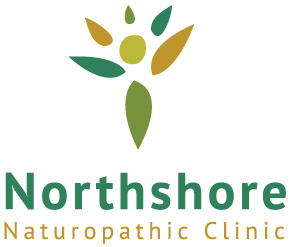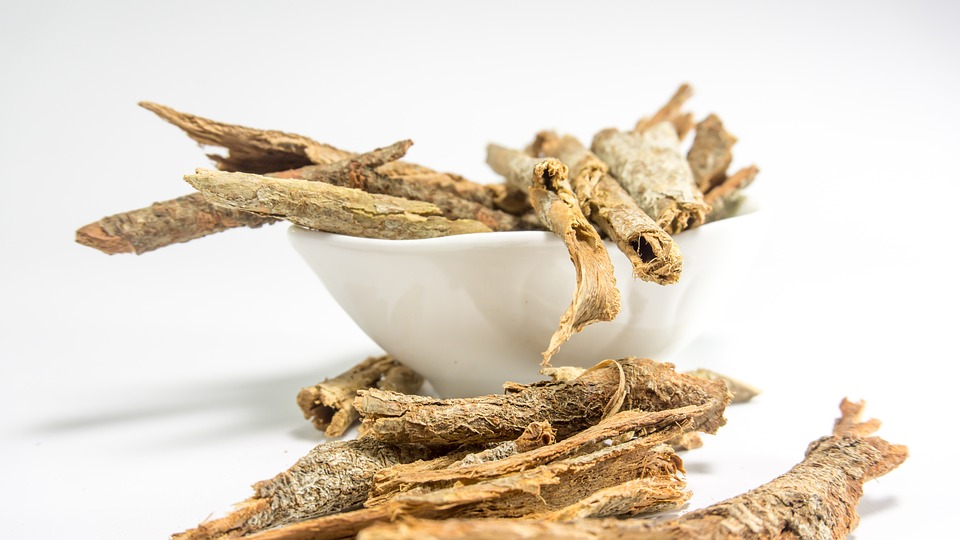By Irene Hayton
As stated in Part 1, gluten-free baking requires a mixture of flours because they work best in combination. You can make your own standard blend or you can buy a commercial gluten-free flour blend. For an excellent article on choosing and using gluten-free flours, as well as a recipe for a standard gluten-free blend, click on the following link for the Living Without website: http://www.livingwithout.com/issues/4_1/gluten_free_flour-1073-1.html.
The flours and starches required for gluten-free baking can be found in most health food stores and some grocery stores. Because flours have a shorter shelf-life than the whole grains, whenever possible, I prefer to buy the whole grains and grind them myself just before using—a clean coffee grinder or the small blenders like the Magic Bullet™ work well for this and are a good investment. I’ve used them to grind oat flakes and groats, buckwheat groats, quinoa, amaranth, spelt, kamut, millet, nuts, and seeds.
It’s important not to over mix when combining the flours with the wet ingredients in a recipe because this destroys the delicate air bubbles in the mixture and will result in a heavier product. Gluten-free flours are easiest to use in baked goods that don’t need to rise, like pancakes, waffles, cookies, and flatbreads. If you’re new to gluten-free baking, start with recipes that have only small amounts of wheat flour, like pancakes, and substitute the gluten-free flour mixture of your choice. And remember, as with any baking, spoon the flours into measuring cups designed for dry measures and level off with a knife, rather than packing them down.
On the Eating Alive Program we recommend that, as much as possible, you eat grains in their whole form instead of when they are ground into flours. However, we realize that for many people, this is difficult to do, so for those times when you want baked goods, it’s best to make your own, whenever it’s feasible, so that you can control the quality and amount of fat, sweetener, grains, etc. Even if you are not sensitive to gluten—or not sure if you are—we recommend that everyone reduce their intake of gluten-containing foods to help decrease the risk of becoming sensitive to it.



